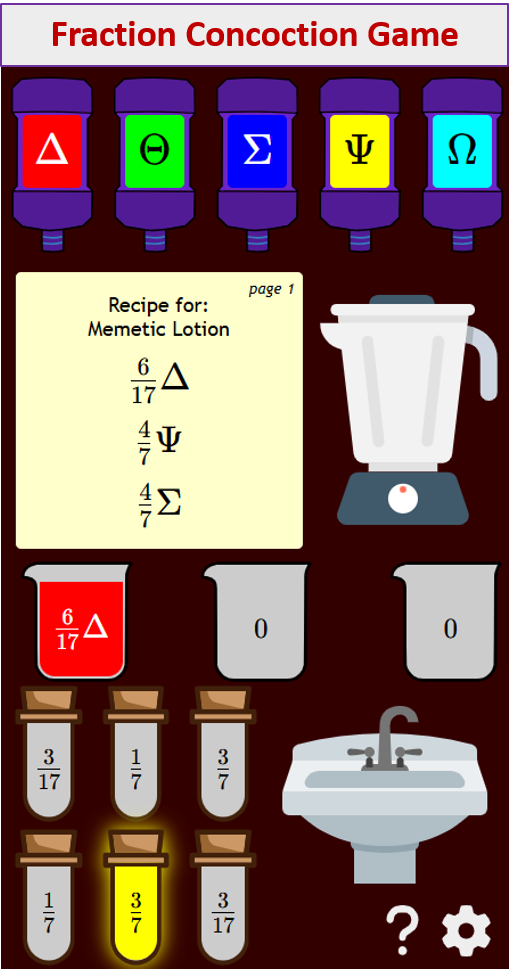

Basic Properties of Similarity
Lesson Plans and Worksheets for Grade 8
Lesson Plans and Worksheets for all Grades
More Lessons for Grade 8
Common Core For Grade 8
Examples, videos, and solutions to help Grade 8 students learn that similarity is both a symmetric and a transitive relation.
New York State Common Core Math Grade 8, Module 3, Lesson 9
Worksheets for Grade 8Lesson 9 Student Outcomes
• Students know that similarity is both a symmetric and a transitive relation.
Lesson 8 Summary
• Similarity is a symmetric relation. That means that if one figure is similar to another, S ∼ S', then we can be sure
that S' ∼ S.
Similarity is a transitive relation. That means that if we are given two similar figures, S ∼ T, and another statement
about T ∼ U, then we also know that S ∼ U.
NYS Math Module 3 Grade 8 Lesson 9
Classwork
Exploratory Challenge 1
The goal is to show that if △ ABC is similar to △ A'B'C', then △ A'B'C' is similar to △ ABC.
Symbolically, if △ ABC ∼ △ A'B'C', then △ A'B'C' ∼ △ ABC.
Exploratory Challenge 2
The goal is to show that if △ ABC is similar to △ A'B'C', and △ A'B'C' is similar to △ A'"B'"C'", then is similar to
△ ABC is similar to △ A''B''C''. Symbolically, if △ ABC ∼ △ A'B'C', and △ A'B'C' ∼ △ A''B''C'' then △ ABC ∼ △ A''B''C''.
Try out our new and fun Fraction Concoction Game.
Add and subtract fractions to make exciting fraction concoctions following a recipe. There are four levels of difficulty: Easy, medium, hard and insane. Practice the basics of fraction addition and subtraction or challenge yourself with the insane level.



We welcome your feedback, comments and questions about this site or page. Please submit your feedback or enquiries via our Feedback page.